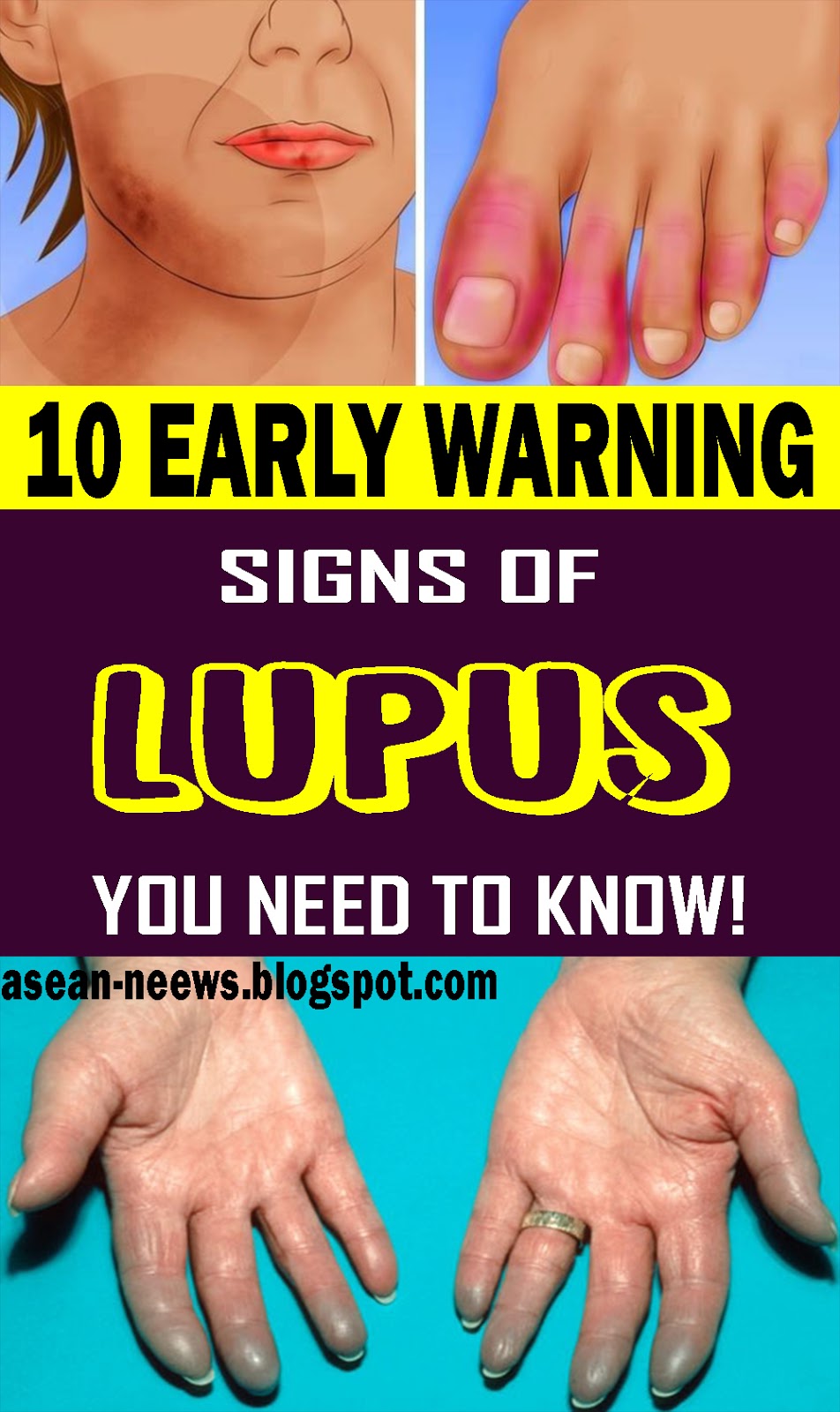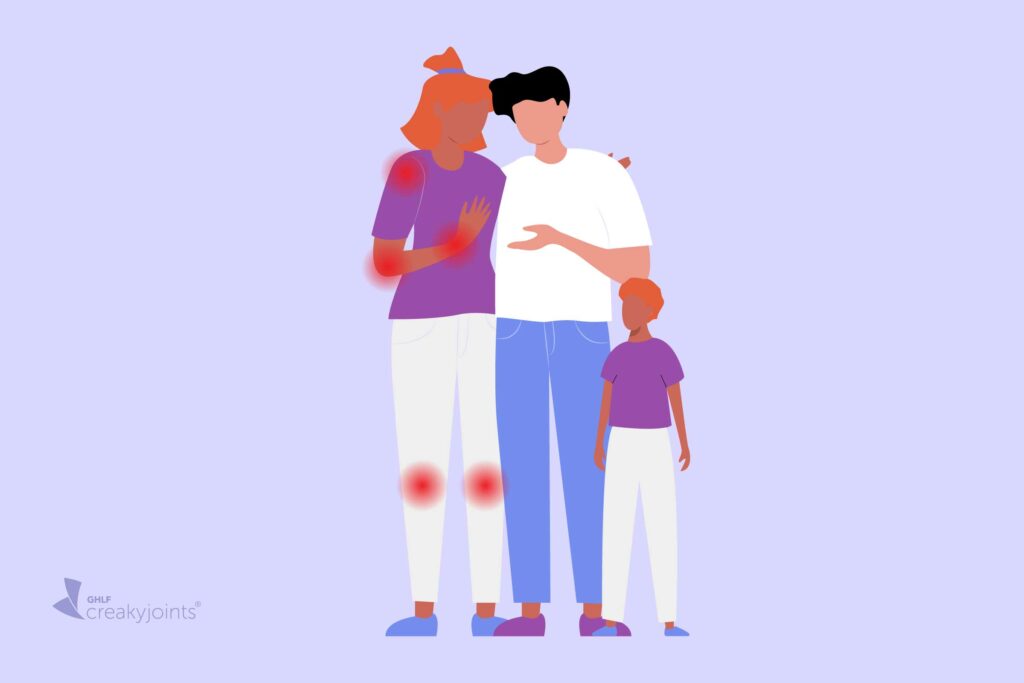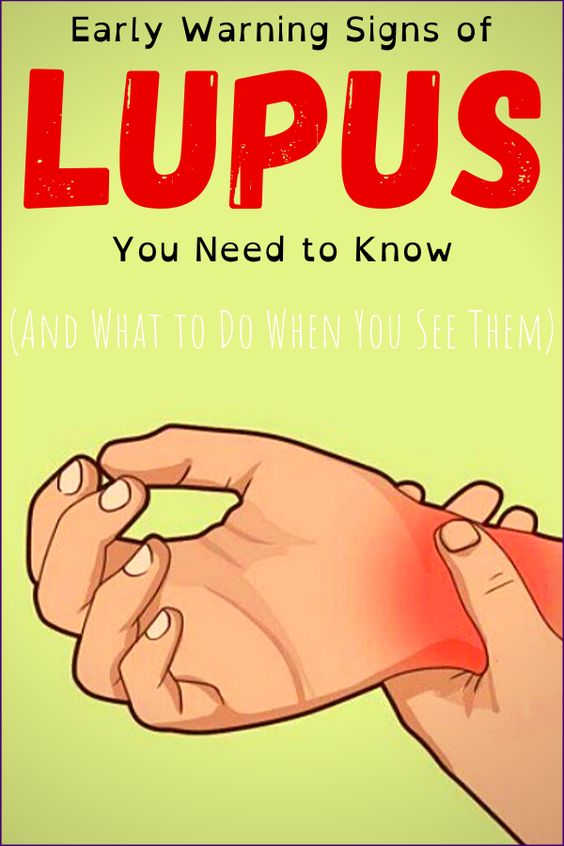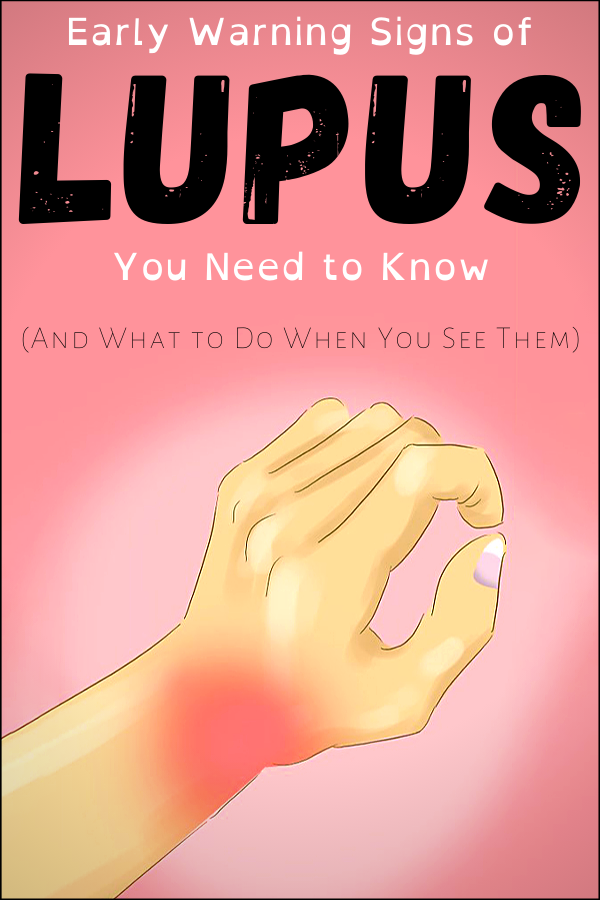Out Of This World Tips About How To Tell If You Have Lupus

When a positive antinuclear antibody (ana) test is accompanied by several other clues that doctors look for in.
How to tell if you have lupus. The characteristic rash across the cheeks and nose (called a malar rash) is one of the most recognized symptoms of lupus, although even. So, while the information from your medical history and physical exam and. Sensitivity to sunlight, especially long exposure.
Learn how to diagnose lupus with medical history, family. Visit a healthcare provider if you notice new pain, rashes or changes to your skin, hair or eyes.
If you have lupus, you’re likely to have a range of painful feelings about your condition, from fear to extreme frustration. Lupus is a chronic disease with no cure, but treatments can help you feel better and prevent flares. Loss of hair (often due to scalp rashes and scarring) mouth sores.
Lupus can lead to certain changes in your skin, such as inflammation and rashes. Signs/symptoms can be like those found in other illnesses. Extreme tiredness that will not go away no matter how much you rest.
Carly tells loved ones: Round scaly rashes that can appear anywhere on the body. Doctors may order tests to detect the following in the blood:
The main symptoms include: Find out the common signs of lupus, such as muscle and. The challenges of living with lupus increase your risk of.
Your doctor may not be familiar with lupus. This is called a malar or “butterfly” rash. Different components of blood using a complete blood count (cbc) antinuclear antibodies (ana).
Signs and symptoms of the disease are also important. Blood and urine tests may include: A reaction to sun or light that causes a.
Lupus has different forms, but the most common is systemic lupus erythematosus (sle) — about 7 out of 10 people with lupus have sle. This test measures the number of red blood cells, white blood cells and platelets as well. Hidradenitis suppurativa (hs) and lupus are distinct conditions that share some features, including immune system dysregulation and chronic.









:max_bytes(150000):strip_icc()/the-difference-between-rheumatoid-arthritis-and-lupus-2249883_final-6fb7c4f929754e52be1e5eaa9c5f0620.png)








